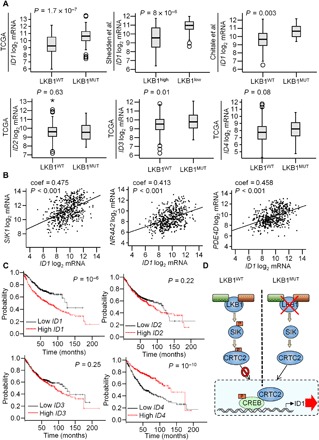Fig. 6. ID1 is highly expressed in LKB1-mutant lung adenocarcinoma tumors and confers poor prognosis.

(A) ID1 mRNA expression in three different lung adenocarcinoma datasets. Sample sizes: n = 230 (TCGA), n = 193 (Shedden et al.), and n = 102 (Chitale et al.). ID2, ID3, and ID4 mRNA levels in the TCGA lung adenocarcinoma dataset are shown. Statistical test: Two-sided Student’s t test. (B) Graphs showing the correlation between ID1 and the CREB target genes SIK1, NR4A2, and PDE4D mRNA levels in a collection of lung adenocarcinoma patient samples (n = 517). Data obtained from the TCGA. A Spearman’s test was used, and the correlation coefficient (coef) and the two-tailed P values are shown. (C) Association of ID1, ID2, ID3, and ID4 mRNA levels with OS within lung adenocarcinoma datasets from the KM plotter (n = 720). Statistical test: Log-rank test. (D) Model: LKB1 phosphorylates SIK proteins which, in turn, phosphorylate CRTC2. pCRTC2 is sequestered in the cytoplasm through phosphorylation-dependent interactions with 14-3-3 proteins. The loss of LKB1 in NSCLC leads to the dephosphorylation of CRTC2. Dephosphorylated CRTC2 migrates to the nucleus, where it binds to CREB over the ID1 promoter and stimulates ID1 expression and tumor progression.
